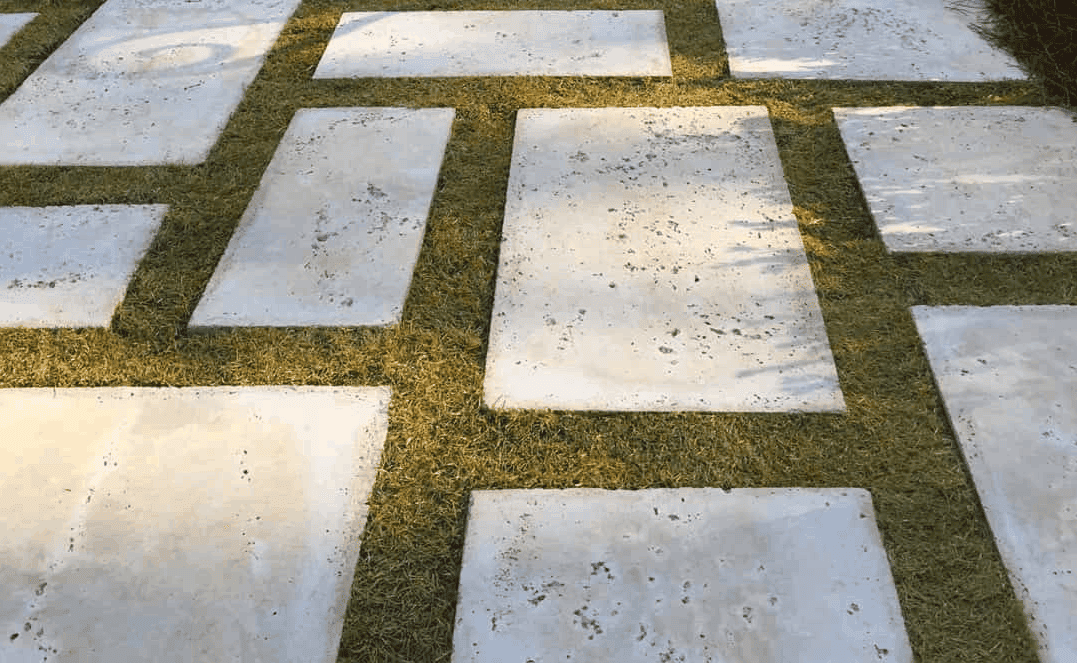Landscaping For Your Location - How To Choose The Right Plants
Landscaping can be as simple as a few changes around the home. For others, it's a complicated science that involves new ideas and techniques and takes a huge amount of work. Whatever you do for landscaping, these tips will be of assistance.
If you are planting flowers,and other greenery as part of your landscaping efforts, group similar plants together. Identify plants with similar needs in terms of watering, sunlight and required soil type. This way, you can ensure that you treat all of your plants properly, and can organize your landscaping work more easily.
One landscaping tip that people should understand is to be wary of how new plants and trees will affect your home. There are a lot of things to consider such as pipes, gutters and roofing materials that you have to worry about whenever you are landscaping. Make sure you are prepared to deal with these things.
Make sure you plan thoroughly before you begin landscaping. It is a great idea to sketch out your landscaping design when it's still a plan, so you can get a good mental idea of what it is going to look like. Make notes of the plants, flowers, shrubs, etc. that you plan on using to improve your landscape.
If you are landscaping your yard, you should consider your lawn's appearance during various seasons. For example, if you only have leafy trees in your hard, but experience a long winter, your yard will look awfully bare. If you instead have a few conifers, you can have green year round, not to mention how nice they look with snow on them.
Think about water requirements. If you live in an area that doesn't get a lot of rain, try to use plants that don't require a lot of water. Grass needs more water than any other type of plant, so replace your lawn with wood chips, gravel, or a type of ground cover that is suitable for high drought areas.
Try talking to a pro before you start working on your landscape. You might not need a landscape designer or architect to draft your whole project, but for under $100, a consultation that lasts about an hour can be well worth the money if it prevents you from making costly mistakes later on.
Before you go to a gardening store to get your materials together, measure out your work area and make sure the measurements are exact. This will allow you to more easily obtain the items you need for the project. This simple step can ensure you do not end up with either a shortage or surplus of materials.
If you want to achieve your dreams with your landscaping plan, you might want to seek the consultation of a professional. The professional has done many landscaping jobs, and has the experience to see how natural features in your yard can be utilized to minimize cost, and enhance the appearance.
Before you begin any landscaping project, it is important to check for any county codes or rules you may need to follow. For example, there are certain plants and heavy objects that will not be allowed on top of a septic drain field. A simple check with the county can locate the drain field and help you avoid disaster!
For flowers, or garden beds that you add to your landscape, go for a narrow approach. You will need to weed, and maintain these beds throughout the year. A thinner bed is easier to reach across, and requires less moving around. Remember, to keep them wide enough to prevent plants from overgrowing the boundaries of the bed too quickly.
It can be very difficult to guess and plan how much mulch, sand, rock, etc. you might need in order to successfully finish your whole project. In part, you should make sure you do everything in phases. As far as planning the amounts of each of these materials, do your math and pay attention to specifications.
Don't assume that you must complete your entire landscaping project at one time. Dividing your project into several steps that can be completed over a number of years will not only make your project more manageable, but will also save you the money you would have paid in interest if you took out a loan to complete the project in one go.
Purchase the largest tree that your budget allows. Even if you plan to live in your home for many years, remember that most trees grow very slowly. While you may only be able to afford a single tree, few landscaping elements make an impact as bold and attractive. Choose a tree that thrives in the native climate and soil type.
As you have seen in this article, landscaping has many different applications. Whether it's a quick pick-me-up, or a full-blown renovation, it can add elements to your yard which are beautiful and functional. If you follow the advice from this article, whatever type of landscaping you attempt will look amazing.

